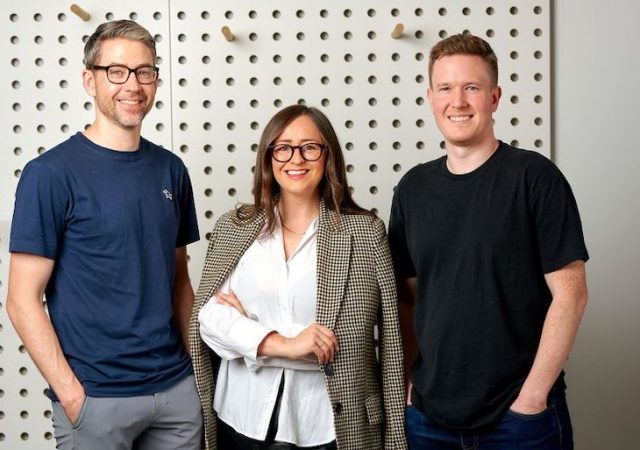Given construction operates with some of the thinnest profit margins of any industry, startups have little hope of disrupting established players in the space, but there is significant scope for ‘constructiontech’ companies to add value to the sector locally by working with established players, a report has found.
Produced by StartupAUS in conjunction with the Victorian Government and industry partners including Lendlease and Aconex, the report, Digital Foundations, defines ‘constructiontech’ as digital solutions working within the planning, design, and building phases.
Integrating digital solutions to the Australian sector, which is the largest non-services sector of the Australian economy and accounts for 8.1 percent of the national GDP, could add $25 billion in value year on year within the next decade. With the sector already employing 1.1 million, another 100,000 jobs are estimated to be added over the next five years.
According to the report, there is significant potential for local startups to sell digital solutions to companies within the sector thanks to the concentration of the sector: just 20 of over 345,000 businesses in the sector account for 68 percent of contracts won, which means “proactive steps being taken to digitise by sector leaders are already having industry-wide repercussions”.
The shift in mindset has developed according to two internal factors – the need to both ‘survive’ and ‘thrive’, and three key external factors: social dynamics of technology, building information modeling (BIM) and smart buildings, and construction technology.
The idea of the social dynamics of technology relates to the increasing prevalence of mobile devices and social media, the falling cost of technology, and the influx of younger workers, with the construction sector the largest employer of young full-time workers in Australia.
BIM, meanwhile, is the digital modelling of a building project, looking at the whole lifecycle from design to build to operations. Its use can account for benefits such as more effective design, a reduction in change orders, fewer on-site mistakes, and a more efficient construction process overall.
Construction technology, on the other hand, relates to the development of new physical equipment that works hand in hand with new digital tech to create new methods of operation.
Among these are Geographic Information Systems (GIS), robotics, 3D printing, drones, and prefabrication.
The report states local constructiontech startups are well-placed to service the sector, with 8.9 percent of total VC investment in Australia since the start of 2016 going to startups in this space, among them SafetyCulture, Propeller Aero, and Assignar.
Alex McCauley, CEO of StartupAUS, said constructiontech is a “thriving startup sector that has so far been flying under the radar”.
“There are a wealth of ways in which technology can have a huge impact on this sector, both here and overseas…the collaboration here between large tier one firms and startups is particularly exciting. Startups can’t take on billion-dollar construction projects by themselves; instead, they’re looking at ways to integrate with existing firms to use digital technology to increase safety, quality and efficiency,” he said.
However, the report warned there are few construction-specific resources available to support startups in this space.
“A well-funded ConstructionTech hub, strongly backed by a range of major players in the construction sector, could go a long way to boosting the visibility, growth, and sustainability of the sector. It could also help established corporates get closer to technology designed to improve their businesses, providing strong positive outcomes in both directions,” the report stated.
The report provided five other recommendations to take the industry further, including the development, with support from government, of a consistent set of standards around tech adoption and use, with this classed as high priority.
Also deemed high priority was federal and state governments to incorporate adoption of tech for large infrastructure projects, and the setting of minimum requirements for government projects within six months.
Startup Daily had a chat with Michael Vavakis, Chief People Officer at Lendlease, about innovation in the property development space in a recent episode of the Startup Meet Corporate podcast.
Image: Alex McCauley.




















Trending
Daily startup news and insights, delivered to your inbox.